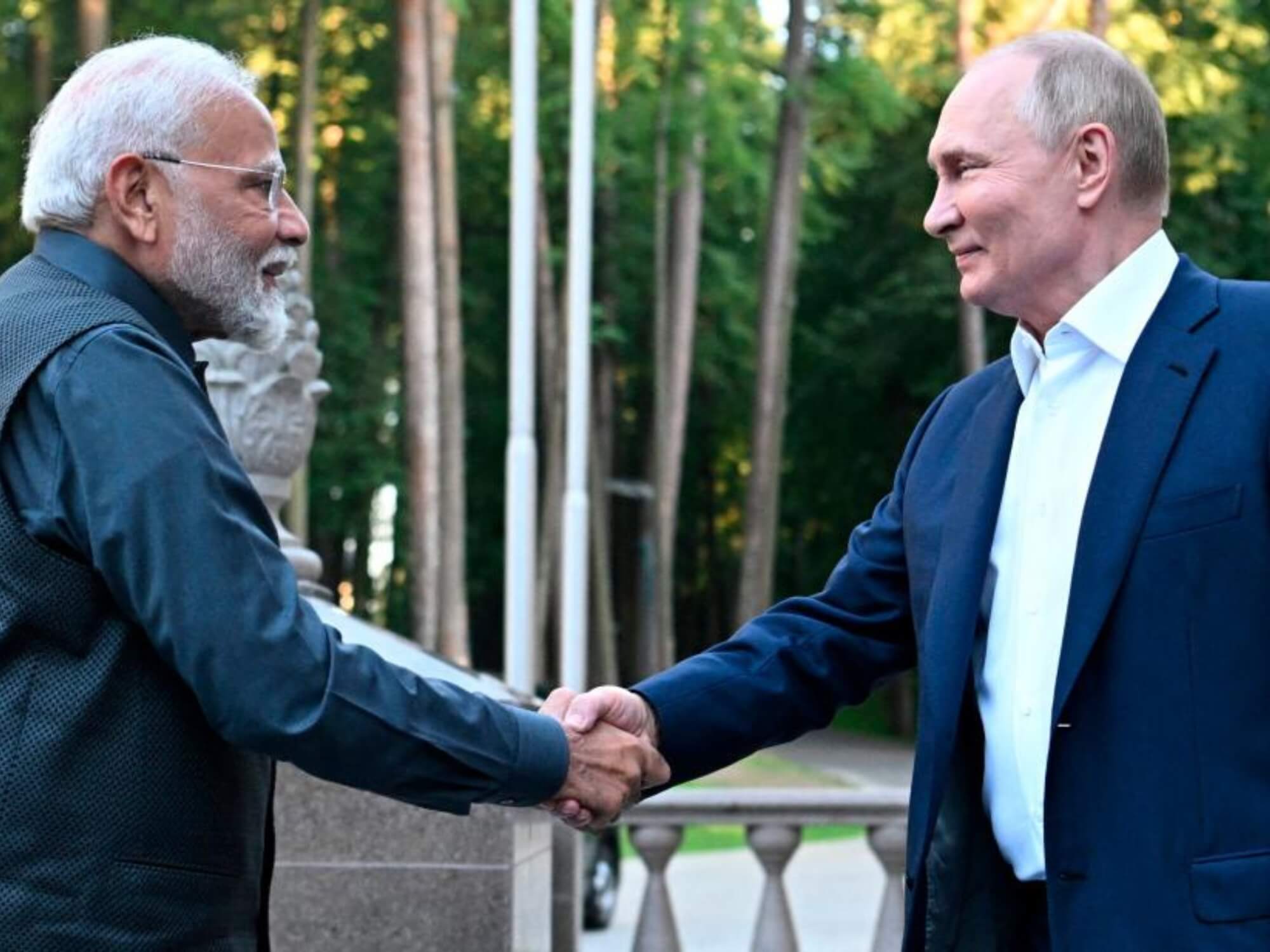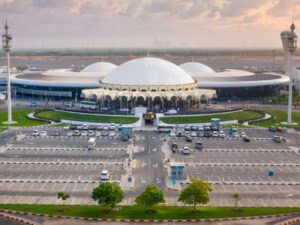India and Russia have agreed to enhance bilateral trade to over USD 100 billion by 2030, focusing on investments, national currency usage for trade, and cooperation across various sectors such as energy, agriculture, and infrastructure. This decision emerged from the 22nd Annual Bilateral Summit in Moscow, where Russian President Vladimir Putin and Indian Prime Minister Narendra Modi reiterated their commitment to a “special and privileged strategic partnership.
Bilateral economic cooperation between Russia and India is planned to be developed including in the following nine key areas – Aspiration for elimination of non-tariff trade barriers related to bilateral trade between India and Russia. Continuation of dialogue in the field of… pic.twitter.com/vcpW9aCITE
— ANI (@ANI) July 9, 2024
Expanding Trade and Economic Cooperation
In the joint statement following the summit, both leaders expressed their intention to eliminate non-tariff trade barriers and continue discussions on trade liberalization, including the possibility of establishing an EAEU-India Free Trade Area. They also committed to achieving a mutually agreed trade volume of more than USD 100 billion by 2030. This includes increased supplies of goods from India to balance bilateral trade and invigorate investments.
Utilizing National Currencies
A major aspect of the agreement is developing a bilateral settlement system using national currencies. This arrangement allows India to pay for Russian imports, such as crude oil, in Indian rupees, while Russia can use these rupees to pay for Indian exports. The same system applies vice versa with Russian rubles. The “development of a bilateral settlement system using national currencies” is a key part of the joint statement.
Enhancing Trade Routes and Customs Procedures
The leaders agreed to increase cargo turnover by launching new routes like the North-South International Transport Corridor, the Northern Sea Route, and the Chennai-Vladivostok Sea Line. They also discussed optimizing customs procedures through intelligent digital systems to facilitate barrier-free movement of goods. The “increase of cargo turnover with India through the launch of new routes and optimization of customs procedures” was emphasized in their statement.
Boosting Agricultural and Energy Trade
The agreement includes plans to raise the volume of bilateral trade in agricultural products, food, and fertilizers. Both sides aim to maintain an intensive dialogue to remove veterinary, sanitary, and phytosanitary restrictions and prohibitions. In the energy sector, they agreed to cooperate in nuclear energy, oil refining, and petrochemicals, and to expand forms of cooperation and partnership in energy infrastructure, technologies, and equipment. The “development of cooperation in key energy sectors, including nuclear energy, and expanded forms of cooperation and partnership in the field of energy infrastructure” was highlighted.
Infrastructure and Industrial Collaboration
Both countries will strengthen interactions in infrastructure development, transport engineering, automobile production, shipbuilding, space, and other industrial sectors. They plan to facilitate the entry of Indian and Russian companies into each other’s markets by creating subsidiaries and industrial clusters. The “strengthening of interaction in the fields of infrastructure development and facilitation of entry of Indian and Russian companies in each other’s markets” were key points.
The 22nd Annual Bilateral Summit between India and Russia took place in Moscow on July 8-9, 2024. President Vladimir Putin and Prime Minister Narendra Modi discussed current issues of bilateral cooperation and the development of their strategic partnership. They focused on mutual respect, equality, and the sovereign development of both countries on a long-term, mutually beneficial basis. The summit resulted in a comprehensive joint statement detailing nine key areas of cooperation, aiming to enhance trade, economic ties, and humanitarian collaboration between the two nations.





